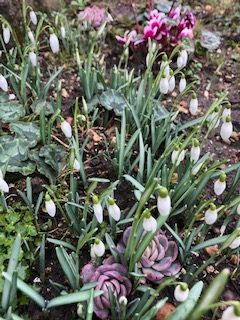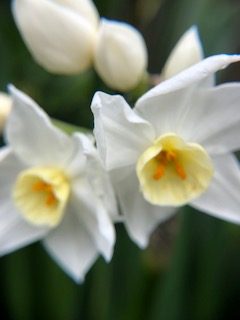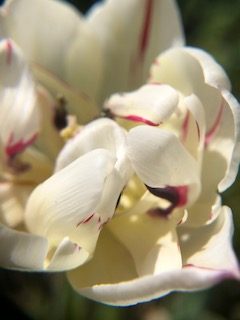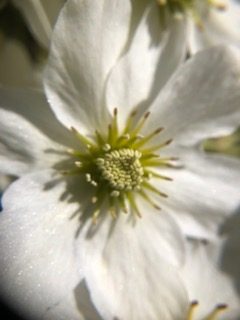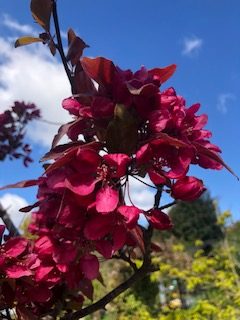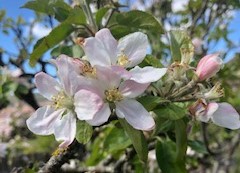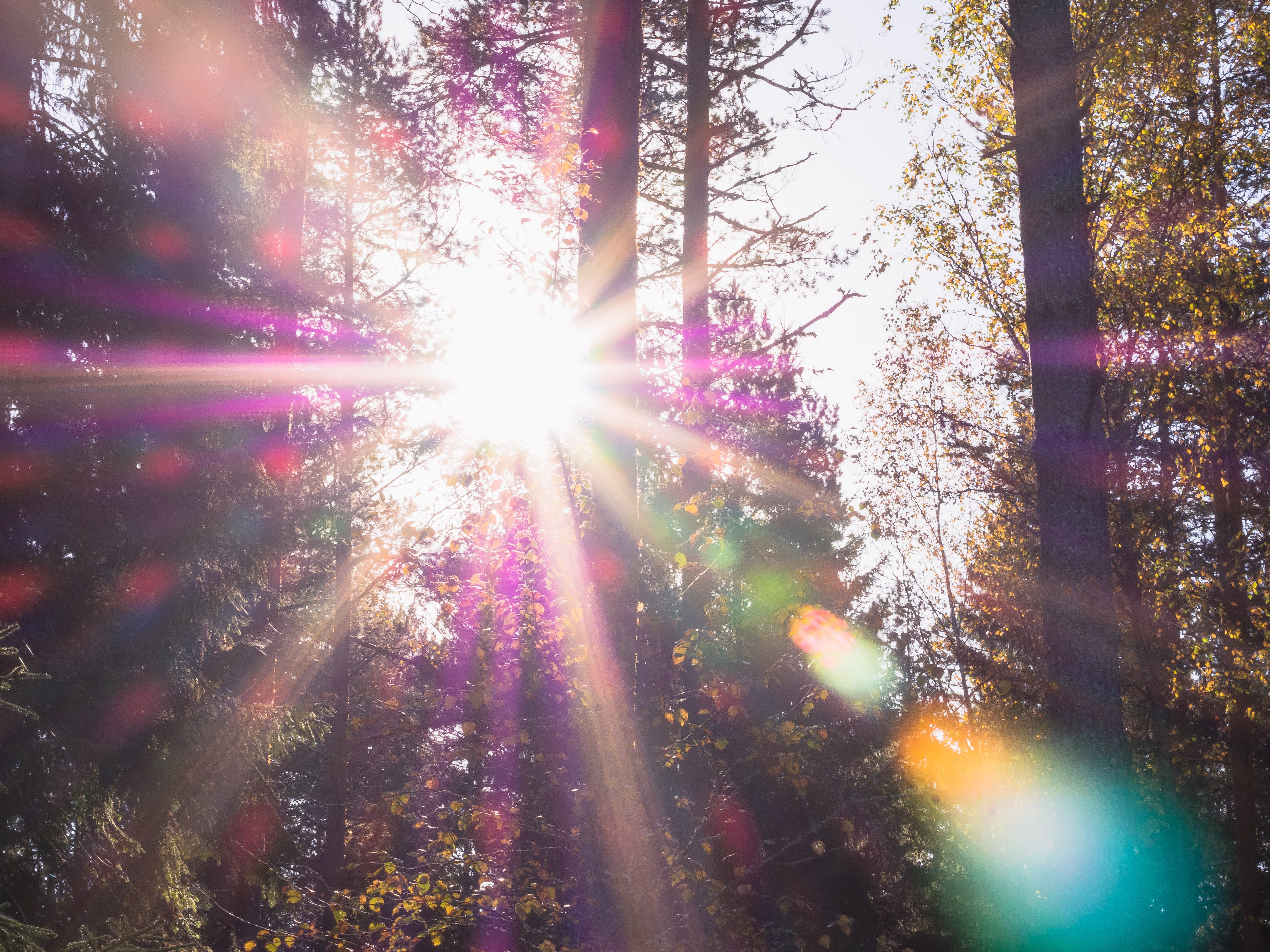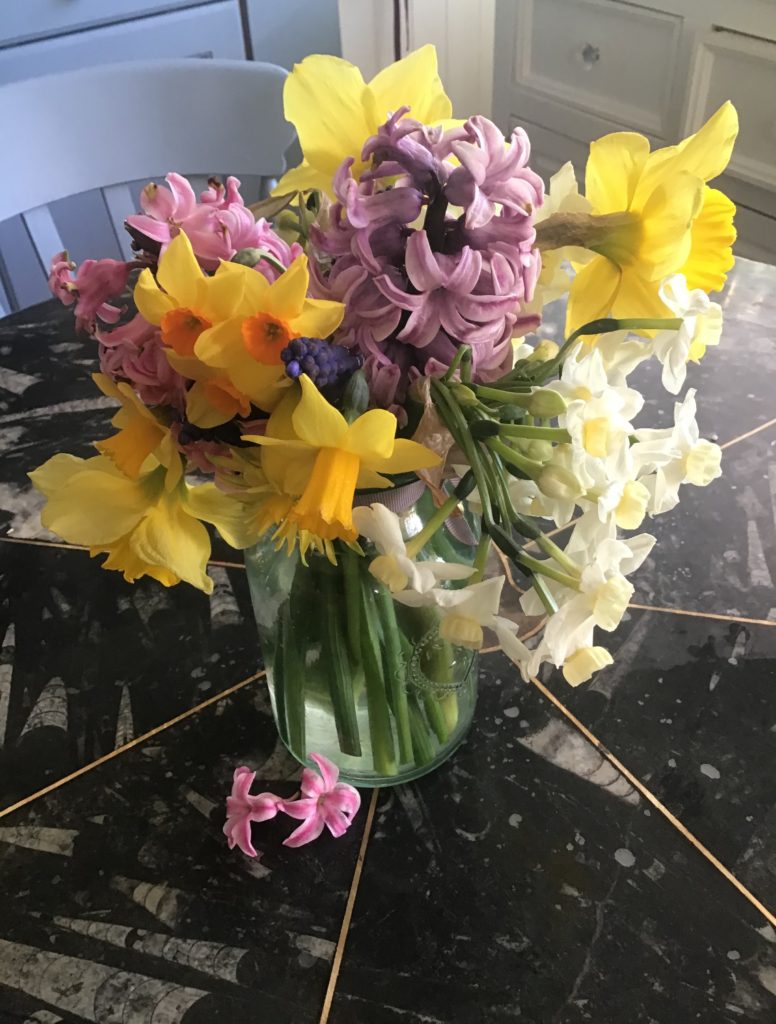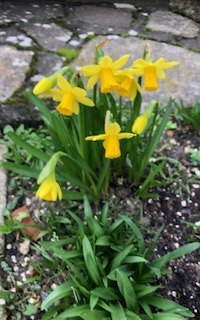
Image: Karen Costello-McFeat
By mid February, my love of winter is waning. I’ve had enough of wind and rain and mud; of being swathed in layers of thermals and woollens. I long, instead, for floral dresses and the warmth of the sun.
It’s been a hard winter emotionally too. Week after week, I hear of ill-health or tragedy encompassing those I care about. I am ready for something more positive. Though I cannot in any way change the cycle of news in my own milieu nor the world, at least I can rely on Nature to wave her floral flags that semaphore hope is on the horizon.
Mimics
The first flowers to arrive in my garden were the paperwhites and snow drops; their pale blooms mimicking the frost so recently passed. Then, as the sun’s strength increases, the flowers take some colour from its hue and daffodils, crocus, primroses and forsythia take their places.

When I did my daily perambulation of my yard today, I could not believe how much more was in flower. Last week, there was almost nothing, and today a great array.
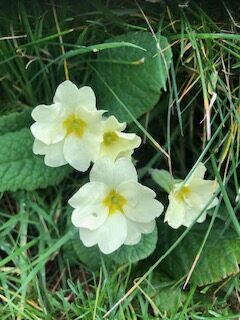
Image: Karen Costello-McFeat
Let there be light
As every housewife knows, the clear sparkling light of early spring is a mixed blessing. Whilst the garden basks in its newfound beauty, the home is illuminated in all its less than perfect state. Cobwebs and dust concealed by winter dark and low lighting, suddenly come into focus. If the garden were not such a lure, I am sure that I would get on with more cleaning.
Instead, I drink my morning coffee in the kitchen and admire the mini rainbows cast upon the table as the light is filtered through the stained glass. I look outside and see the leaves of the great Austrian pine silvered with sunlight. I inhale the scent of paperwhites I have brought inside. Such perfume is wasted on the open air, I reason.
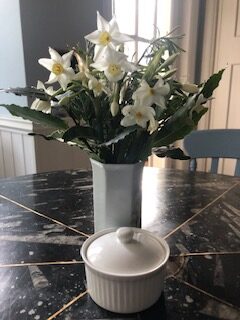
Image: Karen Costello-McFeat
Revivals
And it is not just me who is revived by the abundance of life unfurling all around me, the birds too are becoming noisier. The skies are filled with crows, their ragged wings rowing through the limpid air. Mr and Mrs Magpie come each day to haunt my garden and feast on the abundance of insects just now hatching in their millions. Out front, my beech hedge, with dead curled leaves, still hosts dozens of sparrow who choir to each other relentlessly. I know they are in there – but they are impossible to see.
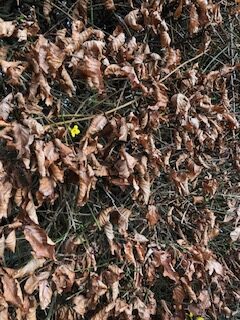
Image: Karen Costello-McFeat
Fickle February
February is the month of lovers, and like lovers, it can be fickle. One day, you bask in its admiring glow, the wind a warm caress upon your face; the next, it has withdrawn all its affection, leaving you cold and disheartened.
Though in future weeks, winter may yet claw back its jealous hold, its days are numbered. The season is moving as insistently as an incoming tide, ever forward. Each day a little lighter; each day a little warmer.
And each joyful bloom reminds us this is so. Spring hopes – eternal.

